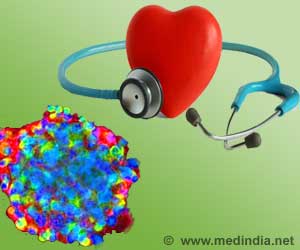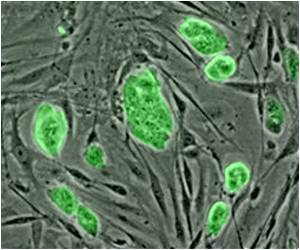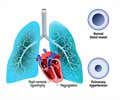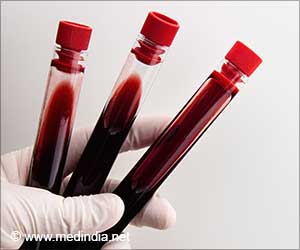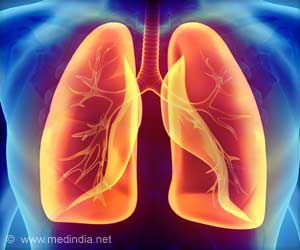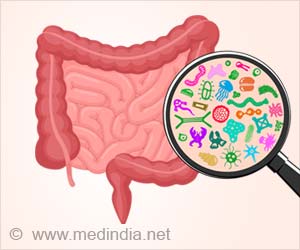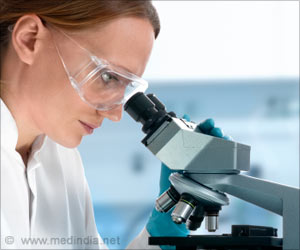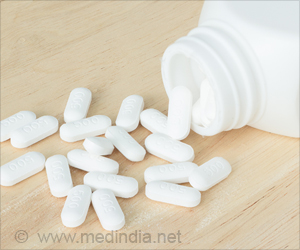Study identified four genes involved in controlling the cycle of cell division and enabling adult cells to divide and multiply.
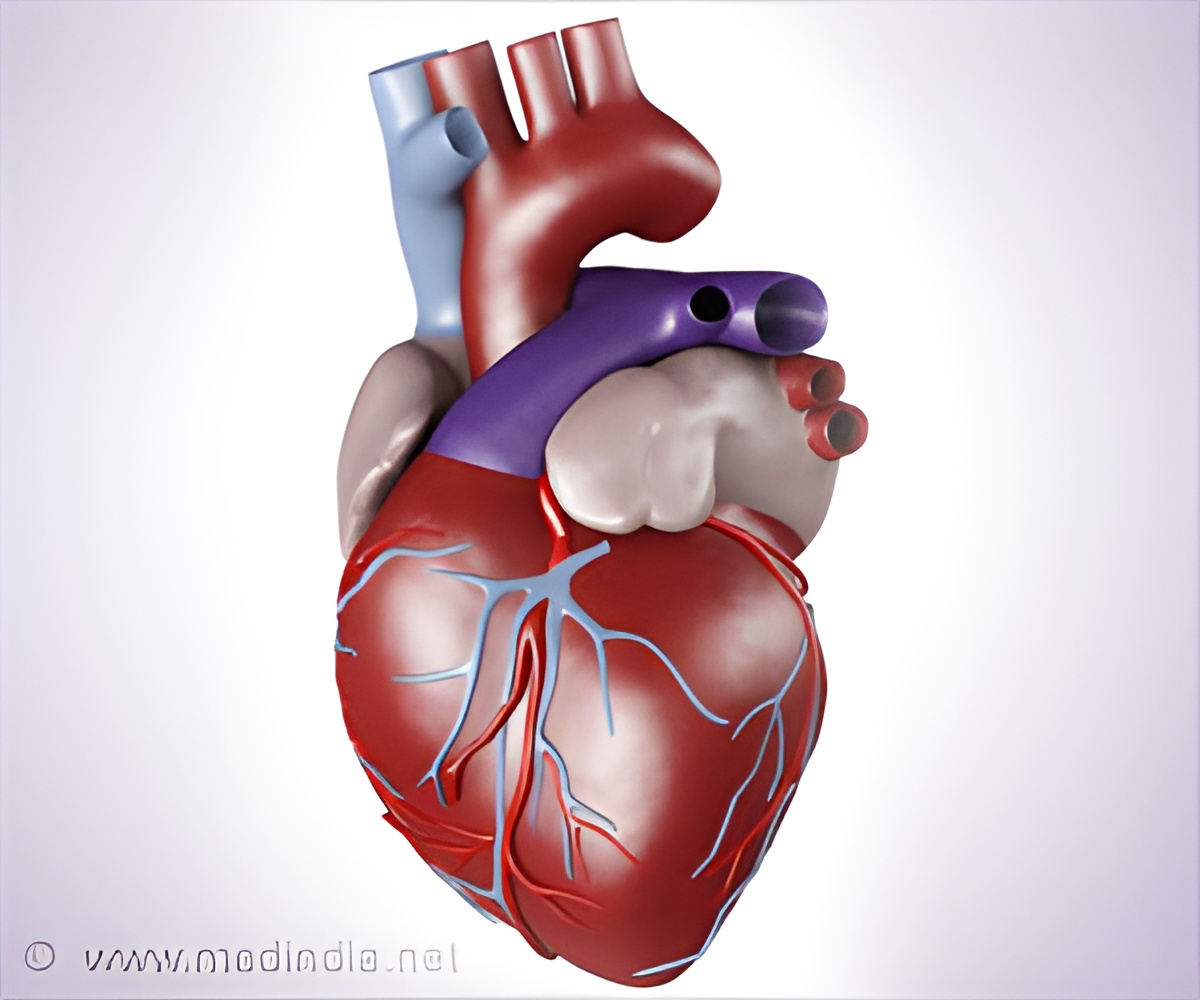
‘When the function of four particular genes involved in cell division was increased at the same time, the adult cells were able to start dividing again and regenerate damaged heart tissue.’





In the embryo, human heart cells can divide and multiply, allowing the heart to grow and develop. The problem is that, right after birth, cardiomyocytes (heart muscle cells) lose their ability to divide. The same is true for many other human cells, including those of the brain, spinal cord, and pancreas. "Because so many adult cells can’t divide, your body can’t replace cells that are lost, which causes disease," explained Deepak Srivastava, MD, president of the Gladstone Institutes and senior investigator. "If we could find a way to get these cells to divide again, we could regenerate a number of tissues."
For decades, the scientific community has been trying to do just that, with limited success. Until now, attempts have been ineffective and poorly reproducible.
Over 24 million people worldwide suffer from heart failure, with few treatment options available other than heart transplants for end-stage patients. The potential to create new muscle cells through cell division, much like a salamander does, could offer new hope to the millions living with damaged hearts.
Unlocking an Adult Cell’s Potential to Multiply
Advertisement
"We discovered that when we increased the function of these four genes at the same time, the adult cells were able to start dividing again and regenerated heart tissue," said Tamer Mohamed, scientist at Tenaya Therapeutics and former postdoctoral scholar in Srivastava’s laboratory, who is first author of the study. "We also showed that, after heart failure, this combination of genes significantly improves cardiac function."
"This represents a considerable increase in efficiency and reliability when compared to previous studies that could only cause up to 1 percent of cells to divide," said Srivastava, who is also a professor at UC San Francisco. "Of course, in human organs, the delivery of genes would have to be controlled carefully, since excessive or unwanted cell division could cause tumors."
To further simplify their technique, the team looked for ways to reduce the number of genes needed for cell division while maintaining efficiency. They found they could achieve the same results by replacing two of the four genes with two drug-like molecules.
Regenerating Multiple Human Tissues
The researchers believe that their technique could also be used to coax other types of adult cells to divide again, given that the four genes they used are not unique to the heart.
"Heart cells were particularly challenging because when they exit the cell cycle after birth, their state is really locked down--which might explain why we don’t get heart tumors," said Srivastava. "Now that we know our method is successful with this difficult cell type, we think it could be used to unlock other cells’ potential to divide, including nerve cells, pancreatic cells, hair cells in the ear, and retinal cells."
This could lead to a powerful regenerative approach to treat not only heart failure, but also brain damage, diabetes, hearing loss, and blindness. And one day, the human might just outperform the salamander.
Source-Eurekalert

